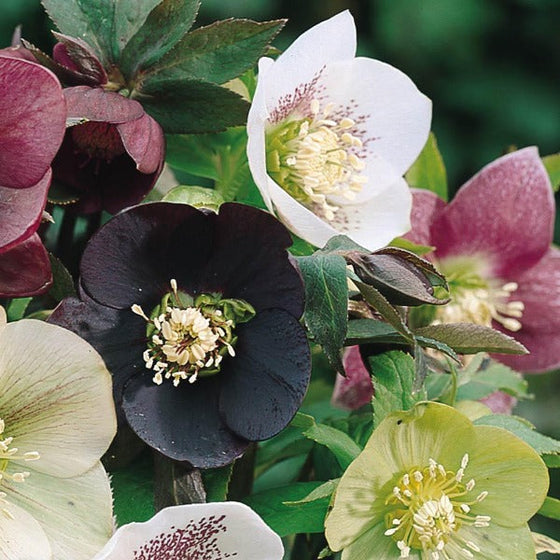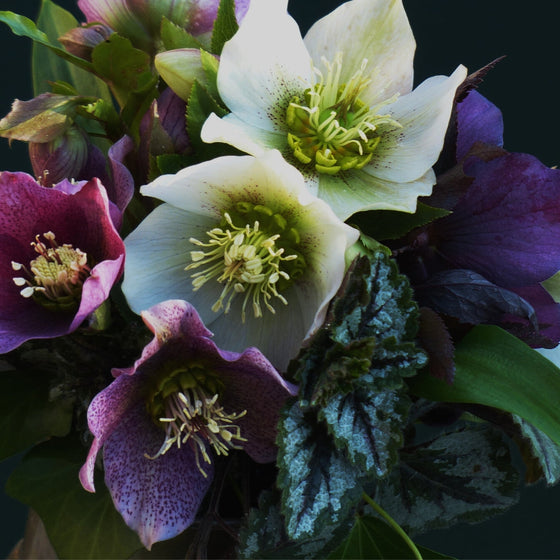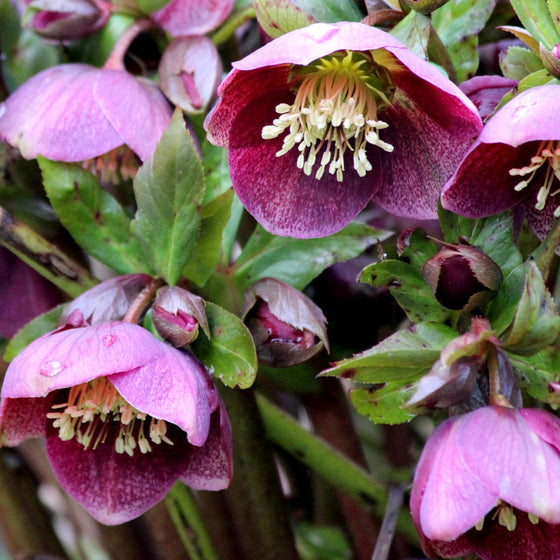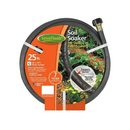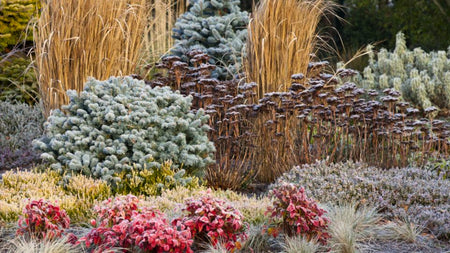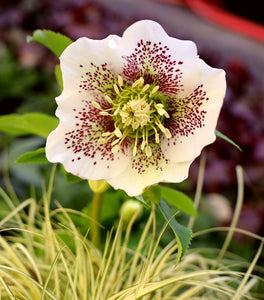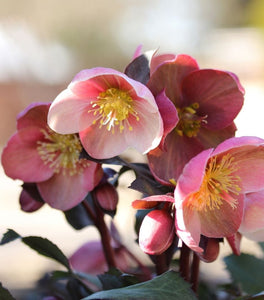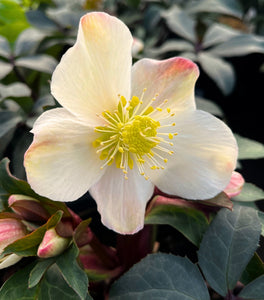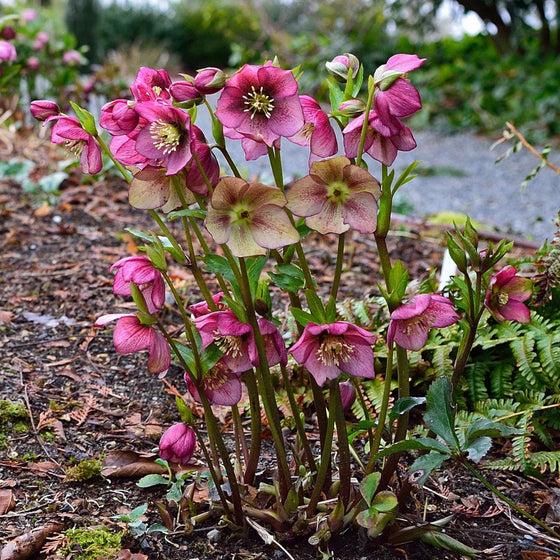
Images Depict Mature Plants
Helleborus Orientalis Plants for Sale Online
Helleborus orientalis, commonly called Lenten rose, is a clump-forming ground cover perennial plant. These flowering bushes are loved for their resistance to deer and rabbits, shade tolerance, evergreen foliage, and unique winter blooms.
The Lenten Rose bush features large, cup-shaped, rose-like, usually nodding flowers with center crowns of dainty contrasting yellow stamens. Thick flowering stems usually put out between one and four blooms per stem. The gorgeous blooms seamlessly rise above the foliage and bloom in late winter to early spring. The plant's dark green leaves contrast beautifully with the various pastel flower colors that this Helleborus produces.
The Orientalis are best grown in organically rich, humusy, well-drained soils in partial shade to full shade. We recommend planting your Lenten Rose Helleborus in areas protected from cold winter winds for best results. Additionally, you can apply a well balanced slow release fertilizer in the warmer seasons or spring and summer.
It is important to note that this Helleborus is considered evergreen in warm climates, but deciduous in extremely cold climates. Best grown in hardiness zones 4-9, be sure to evaluate your growing zones before planting these shrubs.
Plant a Helleborus Orientalis in early fall or late spring to enjoy an eight to ten week bloom period! These winter bloomers are decently low maintenance plants that boast exotic beauty. Most commonly used in shade gardens or as landscape ground cover, the Helleborus brings interest wherever it's planted.
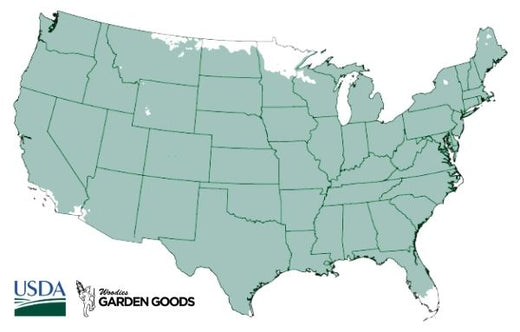
| Hardiness Zone: | 4-9 |
|---|---|
| Mature Height: | 12 to 18 inches |
| Mature Width: | 12 inches |
| Sunlight: | Full sun to part shade |
| Water Requirements: | Tolerates most moisture levels but does best in average to dry soils |

